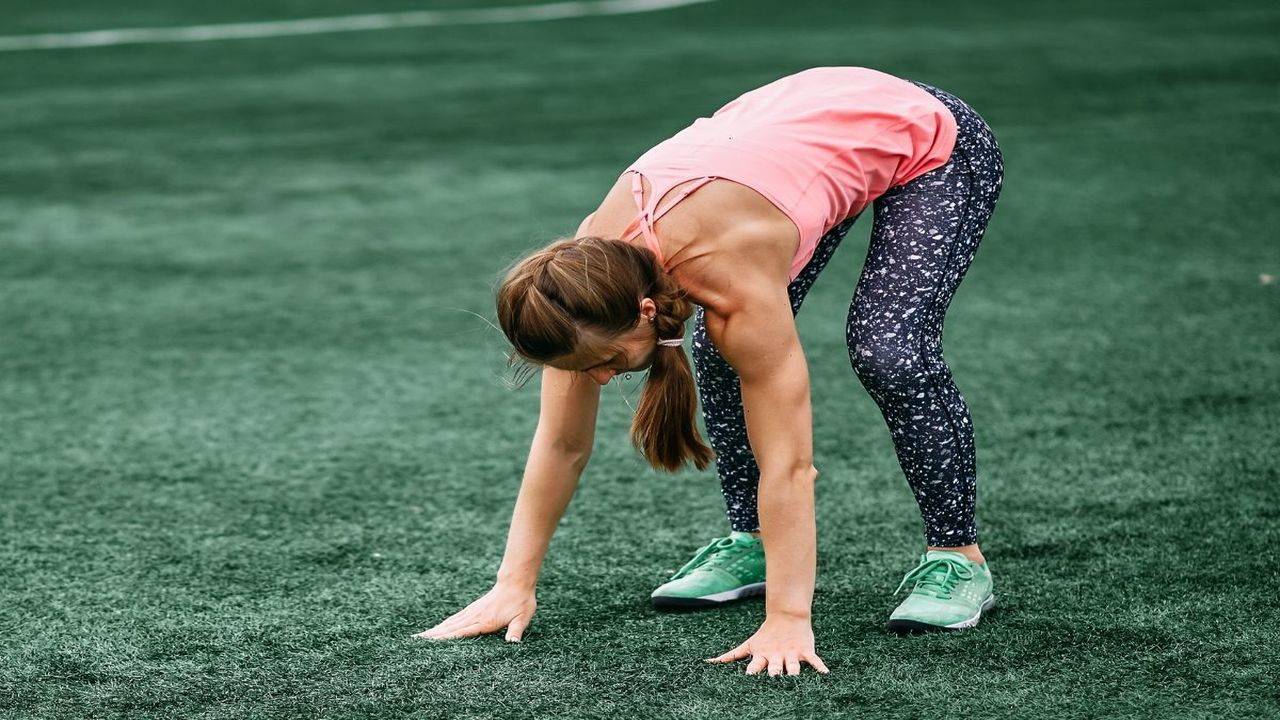Sometimes regular reps just don’t cut it. You finish your set, rack the weight, and walk away — but deep down you know you didn’t squeeze out every drop of effort your muscles had to give. If you want to push your muscle-building intensity up a notch, it’s time to add forced reps to your training.
Forced reps are an old-school bodybuilding trick that helps you push past failure and wake up stubborn muscle fibers that don’t respond to your usual sets. It’s brutal, it’s tough, but it works. Let’s break down how forced reps work, why they help you grow, and how to use them safely.
What Are Forced Reps?
Forced reps happen when you reach failure — the point where you physically can’t lift the weight anymore — and a spotter gives you just enough help to keep going for a few more reps.
Think about a bench press. You crank out your planned 10 reps, but on the 11th your arms give out halfway up. Instead of stopping, your training partner gives you a slight lift, letting you complete another 2-3 extra reps that your muscles couldn’t manage alone.
Those extra reps dig deep into muscle fibers that normal reps can’t touch. That’s where the magic happens.
Why Forced Reps Work
Building muscle is about progressive overload. You have to challenge your muscles more than they’re used to. Forced reps do this by pushing you past normal failure. The last forced reps hit the most stubborn muscle fibers and force them to adapt and grow.
Here’s what makes forced reps so effective:
- Extra overload: Your muscles work harder than they would in a standard set.
- Maximum fiber recruitment: You tap into high-threshold fibers that only get worked when you’re under extreme fatigue.
- Mental toughness: Forced reps test your mind as much as your body.
- Better growth: The extra reps add more volume to your set, which can push muscle growth faster.
When To Use Forced Reps
Forced reps aren’t for every exercise. They’re best for big lifts where you can safely push to failure with a spotter, or machines that help control the weight path.
Good exercises for forced reps:
- Bench press
- Incline dumbbell press
- Barbell curls
- Skull crushers
- Leg press
- Smith machine squats
- Seated shoulder press
- Lateral raises (with light dumbbells)
Avoid forced reps on risky lifts like heavy barbell squats or deadlifts unless you’re very experienced and have a trusted spotter.
How To Do Forced Reps Right
Doing forced reps is simple but it needs a good training partner who knows what they’re doing.
- Perform your normal set to failure with good form.
- When you can’t get another clean rep, signal your spotter.
- They help you just enough to keep the bar moving — no lifting it for you.
- Get 1-3 extra reps.
- Rack the weight and catch your breath — you’ll need it!
The idea isn’t to cheat. The spotter gives you just enough help to move the weight, not to do the lift for you.
Forced Reps Example: Chest Day
Here’s how forced reps might look for chest:
Bench Press
- 4 sets of 8-10 reps
- Last set: push to failure, then do 2 forced reps with a spotter’s help
Incline Dumbbell Press
- 3 sets of 10 reps
- Last set: forced reps for the last 2-3
Cable Flyes
- 3 sets to pump out blood, no forced reps needed
Just two sets of forced reps is plenty. More isn’t better — too much will burn you out fast.
When Should You Use Forced Reps?
Forced reps are powerful but demanding. Use them sparingly or you’ll risk overtraining.
Best times to add forced reps:
- When you’re hitting a strength plateau
- When you want to finish a big compound lift strong
- For your final set of an exercise
- In a short training cycle for 2-3 weeks to boost intensity
Don’t use forced reps every workout for every lift. Your recovery will suffer.
Forced Reps vs Drop Sets vs Negatives
These intensity tricks sound similar but they’re different:
- Forced reps: Use a spotter to help you lift past failure.
- Drop sets: Drop the weight down and keep repping on your own.
- Negatives: Focus only on the slow lowering part of the rep, often with a spotter lifting the weight for you on the way up.
They all overload your muscles differently, but forced reps specifically push you deeper into fatigue with heavier weights.
Do You Need A Spotter?
Yes. True forced reps require a spotter you trust. They have to be focused and ready, especially on heavy presses. A lazy or distracted spotter is worse than none at all.
If you train solo, you can mimic forced reps on machines. For example, push a machine chest press to failure, then use your legs to help lift the handles back to start for another rep. Or do partial reps with lighter dumbbells.
It’s not quite the same, but it still adds stress past failure.
Forced Reps for Arms
Arms love forced reps because you can push them hard without much risk. A quick example:
EZ Bar Curl
- Hit failure around 10 reps
- Have your partner help you up on the next 2-3
- Fight the lowering part on your own
Same for skull crushers — push to failure, then get help on a few more. The pump is unreal.
Forced Reps for Legs
Leg presses are a great forced rep choice for quads. Squats are riskier because you don’t want to fail under a bar on your back. But on a leg press, a partner can push on the sled for just enough help to keep you moving.
Leg extensions work too. When you can’t lift the weight anymore, have someone nudge the pad up so you can finish the rep.
Safety First
Forced reps are intense. Don’t chase ego lifts or sloppy form just to brag about them. Always keep form clean and avoid jerky movements. Listen to your body — if you feel pain, stop.
Fuel and Recovery
Forced reps break down more muscle fibers, which means you need good food and rest to build them back stronger. Protein, sleep, and smart recovery are non-negotiable.
Should Beginners Use Forced Reps?
Not yet. Beginners need to master technique and basic progressive overload first. Forced reps are for lifters who know their form, know when they really hit failure, and have a good spotter.
Final Thoughts
Forced reps are old-school but still one of the best ways to push your training intensity to the next level. They’re not magic — you still need smart programming, good nutrition, and solid sleep. But when you want to blast through a plateau or finish a set knowing you gave it everything, forced reps deliver.
Next time you’re lifting with a buddy, pick one big lift, push to failure, then keep going with a few forced reps. It’ll hurt — but that’s the point. That last rep you almost didn’t get might just be the rep that builds the muscle you’ve been working for.
Train smart, stay safe, and push those limits. Your muscles will grow because you showed them no mercy when it counted most.










